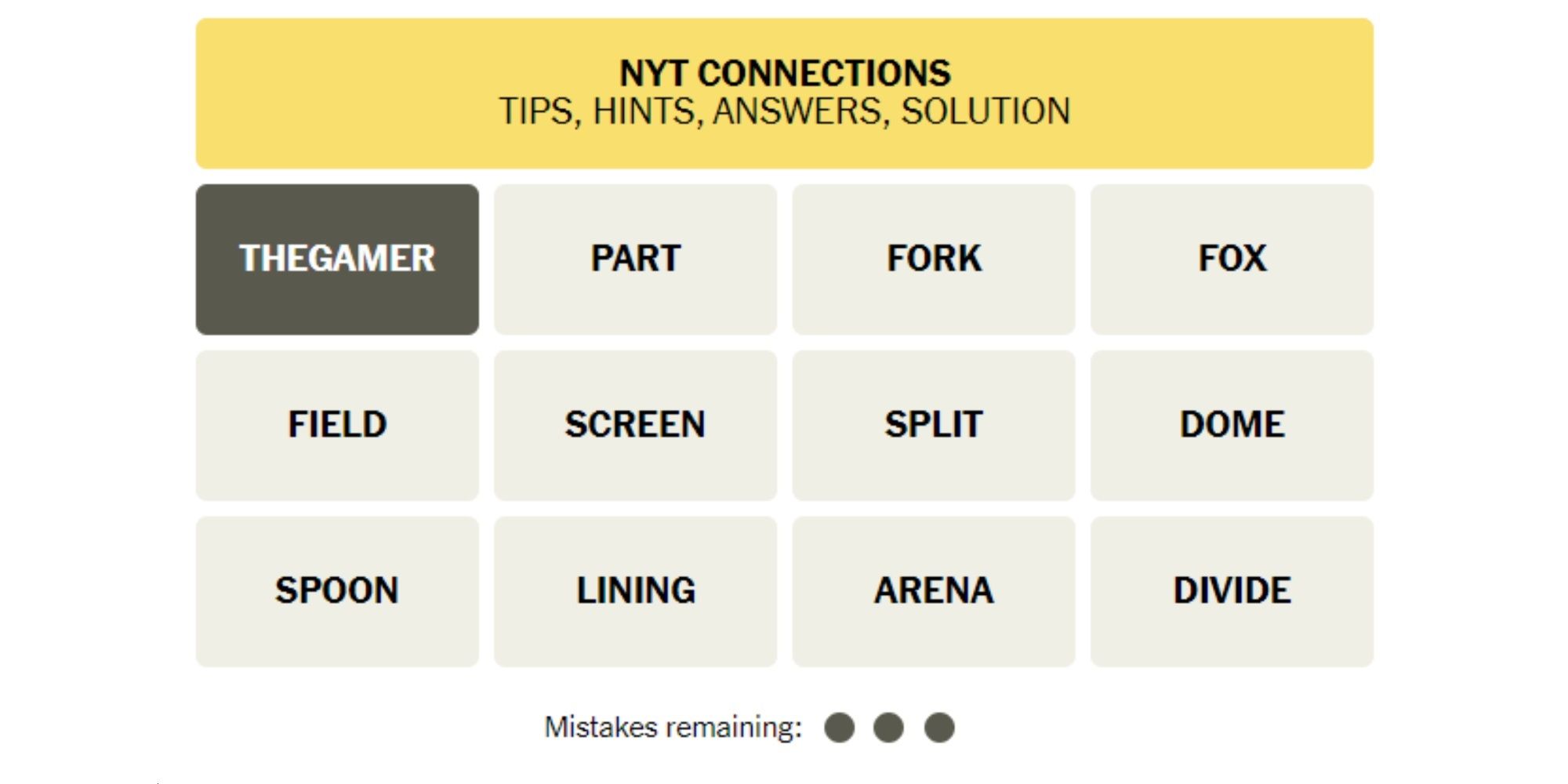
Uncover the Enigmatic Labyrinth of the New York Times
The New York Times (NYT), a journalistic behemoth, has long commanded the attention of the public and media watchdogs alike. However, beneath its façade of objectivity and integrity lies a web of intricate connections that challenge the conventional perception of its impartiality.
Unveiling the Inner Circle
At the heart of the NYT’s network lie individuals with deep-rooted ties to elite institutions. The board of directors, for instance, boasts members from prestigious universities, corporate giants, and influential think tanks. This concentration of power raises concerns about the potential for undisclosed conflicts of interest and the influence of external forces on editorial decisions.
Furthermore, the newspaper’s close relationships with powerful sources have been the subject of much scrutiny. Critics argue that these connections compromise the NYT’s ability to hold the powerful accountable, as it relies on these same sources for information and access. The result, they contend, is a muted voice in the face of injustice and a slanted narrative that favors the establishment.
Challenging the Established Narrative
Opponents of this critique argue that the NYT’s connections are necessary for its success as a news organization. They assert that the newspaper’s access to exclusive sources and its ability to influence public opinion are essential for its journalistic mission. Without these connections, they maintain, the NYT would be unable to expose wrongdoing and drive societal change.
It is worth noting that the NYT has a long history of publishing groundbreaking investigative journalism that has held the powerful to account. Notable examples include its Pulitzer Prize-winning work on the Abu Ghraib torture scandal and its exposé on the Harvey Weinstein sexual harassment allegations. These pieces demonstrate that the newspaper is capable of criticizing its sources and challenging the status quo.
Navigating the Crossroads
The debate over the NYT’s connections is complex, with valid arguments on both sides. It is important to acknowledge the potential risks posed by the newspaper’s close relationships with elite institutions and powerful sources. However, it is equally essential to recognize the value of these connections in facilitating access to exclusive information and driving social change.
Ultimately, the key to ensuring the NYT’s integrity lies in transparency and accountability. The newspaper must disclose its connections and potential conflicts of interest in a clear and unambiguous manner. It must also be willing to listen to criticism and hold itself accountable for any bias in its reporting.
Conclusion: A Balancing Act
The New York Times is a powerful and influential institution that plays a vital role in shaping public discourse. Its connections to elite institutions and powerful sources present both opportunities and challenges for its journalistic mission. Navigating this complex landscape requires a delicate balance between transparency, accountability, and access. By embracing these principles, the NYT can continue to fulfill its role as a watchdog of the powerful and a trusted source of information for the public.
Additional Resources
- “The New York Times’s Connections: A Complex Web of Power and Influence,” Nieman Reports
- “The New York Times’s Board of Directors: A Who’s Who of Power and Privilege,” Columbia Journalism Review
- “The New York Times’s Connections to the Establishment: A Case Study,” FAIR